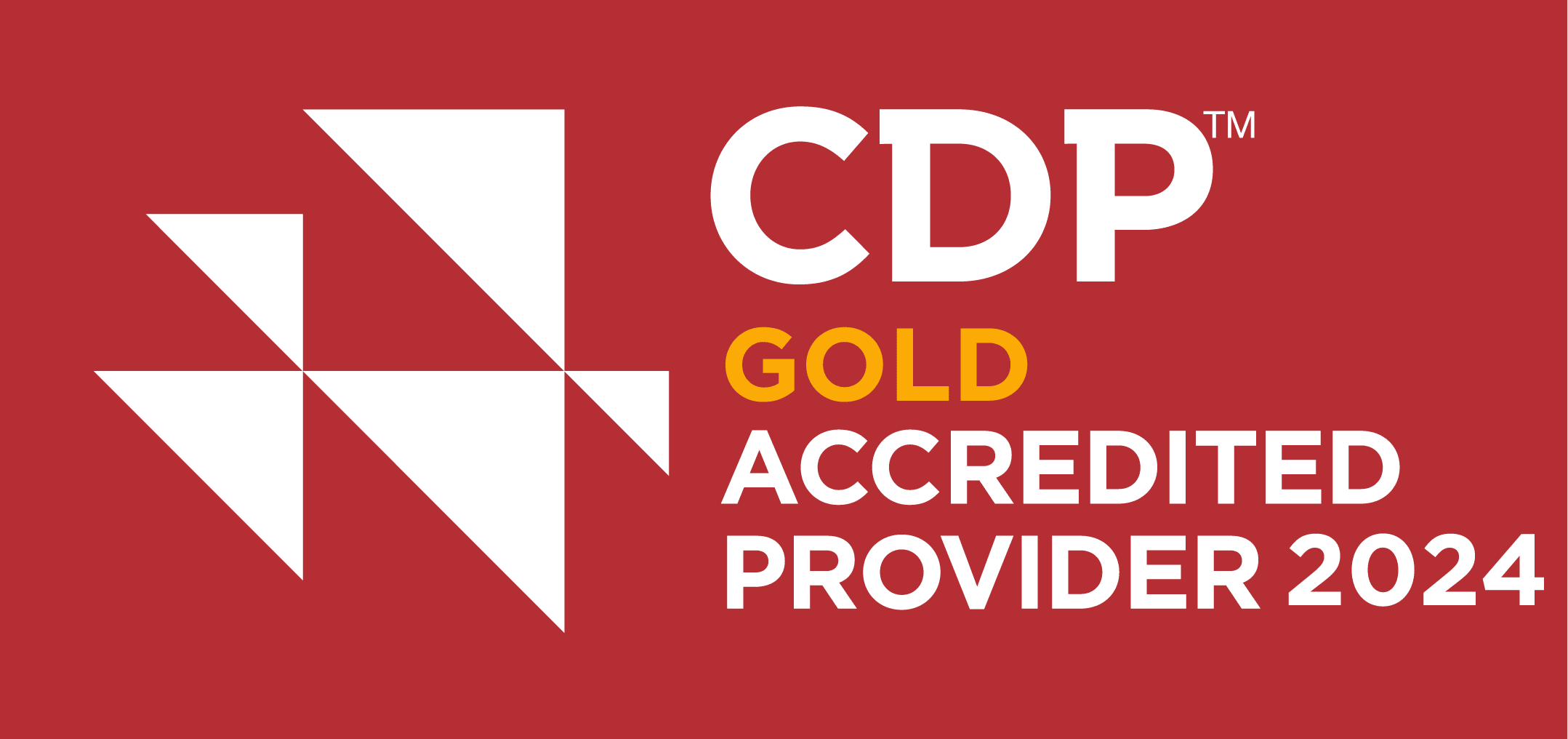CDP Essential Criteria Requires Transition Plan for A-List
Our 2024 debrief and look ahead to 2025
 With a new platform, a new integrated questionnaire, new scoring guidelines, a new timeline, and new “essential criteria,” the 2024 version of the CDP questionnaire rocked the sustainability world. Though initial headaches were most often attributed to the platform and the requirements of the integrated questionnaire, as companies started looking to gauge their performance in 2024 against previous year responses, the essential criteria became a hot topic, and unfortunately a cause of some bad news for companies looking to show a year-on-year improvement in their performance on the CDP questionnaire.
With a new platform, a new integrated questionnaire, new scoring guidelines, a new timeline, and new “essential criteria,” the 2024 version of the CDP questionnaire rocked the sustainability world. Though initial headaches were most often attributed to the platform and the requirements of the integrated questionnaire, as companies started looking to gauge their performance in 2024 against previous year responses, the essential criteria became a hot topic, and unfortunately a cause of some bad news for companies looking to show a year-on-year improvement in their performance on the CDP questionnaire.
Before 2024, the “essential criteria” were a list of items that a company needed to have in their sustainability program (and of course, report to CDP) in order to be included on the highly lauded “A list.” This year, however, CDP developed a list of essential criteria for each scoring level for Climate Change responses1. The new essential criteria address a myriad of topics, from risks and opportunities to board oversight of climate change issues to third party verification of greenhouse gas emissions to climate transition plans.
Zooming in on the climate transition plan requirements, this year, in order to be scored at the leadership level (to earn either an A- or an A), companies needed to either have a 1.5oC-aligned climate transition plan, or plans to develop one within the next 2 years. If a company wants to be on the A list in 2024, respondents needed to have a 1.5oC-aligned climate transition plan that is publicly available, has a feedback mechanism to track progress towards the goals of the transition plan, and has either management-level or (if applicable) board-level responsibility for the development and/or implementation of the transition plan. Per the guidelines of the essential criteria, if a company does not have a 1.5oC-aligned climate transition, they cannot score higher than a B on the CDP Climate questionnaire2. Needless to say, this caused some heartbreak for many a company wishing to earn their first A- this year, but did not quite have a transition plan to disclose.
However, inclusion of a 1.5oC-aligned climate transition plan in the new essential criteria should be perhaps unsurprising for CDP respondents. CDP has made it clear that they see the existence of a credible climate transition plan to be a cornerstone of any sustainability program that is working towards true environmental stewardship. Indeed, in June of 2024, CDP published a “state of play” report on climate transition plans that not only detailed statistics on companies disclosing transition plans via CDP, but also examined the key elements that should be included in credible transition plans.

According to this report, CDP cites that in 2023 “over 1 in 4 companies disclosed through CDP that they have a 1.5oC-aligned climate transition plan,” and that another 36% of companies intend to disclose a transition plan in the next two years. However, looking back to the 2021 CDP disclosure, less than half of companies that indicated an intention to disclose a transition plan in the next two years actually met that timeline and disclosed a plan in 20233. This statistic indicates that while companies may have the intention to develop a 1.5oC-aligned climate transition plan, competing priorities may stymie a company’s ability to actually develop a transition plan within the two-year period indicated in a CDP disclosure. Furthermore, the fact that far less than half of all companies that disclosed to CDP in 2023 have a transition plan shows that this is hardly a key component of most respondent’s sustainability program.
CDP judges the “credibility” of a company’s transition plan based on disclosure against 21 indicators within the CDP climate response. Alarmingly, CDP cites that only 2% of companies that disclosed having a transition plan in 2023 responded to all 21 of CDP’s indicators of credibility4. This seems to suggest that for even those companies that have a 1.5oC-aligned climate transition plan (again, just over 25% in 2023), very few of those companies have what the CDP would deem a “credible” transition plan.
Thankfully, CDP does provide some good news despite these less-than-impressive statistics about the number of companies that have a transition plan already. Within this same publication, CDP reports a coalescence of requirements for a high-quality transition plan among relevant frameworks, standards, and initiatives. The report defines 9 elements of a quality transition plan – governance, scenario analysis, risk & opportunities, strategy, financial planning, targets, GHG emissions accounting with verification, policy engagement, and value chain engagement. The report goes further to map these elements against some of the most important frameworks, standards, and initiatives for climate transition plans: IFRS 2, ESRS, SEC, TPT, GRI, and GFANZ. While each of these frameworks has its own unique guidelines for a transition plan, there is considerable overlap in the requirements for each, particularly in regard to value chain engagement, emissions accounting, financial planning, strategy, scenario analysis, and governance. In addition, by creating a transition plan that has each of these elements, a company will not only meet the new essential criteria for CDP but will also be able to leverage the same transition plan when reporting against these other standards.
In summary, with the new 2024 questionnaire, CDP is sending a clear message that voluntary reporting is becoming more robust. However, from the beginning CDP has indicated a desire to make their questionnaire interoperable with other reporting frameworks, particularly those mandatory frameworks such as CSRD and the SEC climate disclosure. In looking at climate transition plans specifically, CDP seems to be making good on that desire, and has even published resources that can be used to create a 1.5oC-aligned climate transition plan that will meet the requirements of multiple frameworks. For those companies that do not yet have a transition plan, the time to develop one is now – especially if you have aspirations for an A- on CDP or will be subject to mandatory reporting in the future. For those companies with a transition plan in place, it might be time to re-evaluate whether the plan has the components for a credible transition plan.
 For companies looking to publish their first climate transition plan, Schneider can help by developing a transition plan that aligns to CDP criteria, and other frameworks as needed. Our support includes project management, information gathering, copywriting, design, and framework alignment. If you would like to learn more, please contact us today.
For companies looking to publish their first climate transition plan, Schneider can help by developing a transition plan that aligns to CDP criteria, and other frameworks as needed. Our support includes project management, information gathering, copywriting, design, and framework alignment. If you would like to learn more, please contact us today.
Schneider Electric is a long-standing CDP Gold Accredited Provider that has been on the climate A-list for 13 consecutive years.
.
Contributors:

.
Katie Halpin, Sustainability Consultant
.
.
.

.
Nicole Popp, ESG Program Manager
.
.
.
From The State of Play, 2023 Climate Transition Plan Disclosure, published by CDP, available: https://www.cdp.net/en/guidance/guidance-for-companies/climate-transition-plans
From The State of Play, 2023 Climate Transition Plan Disclosure, published by CDP, available: https://www.cdp.net/en/guidance/guidance-for-companies/climate-transition-plans